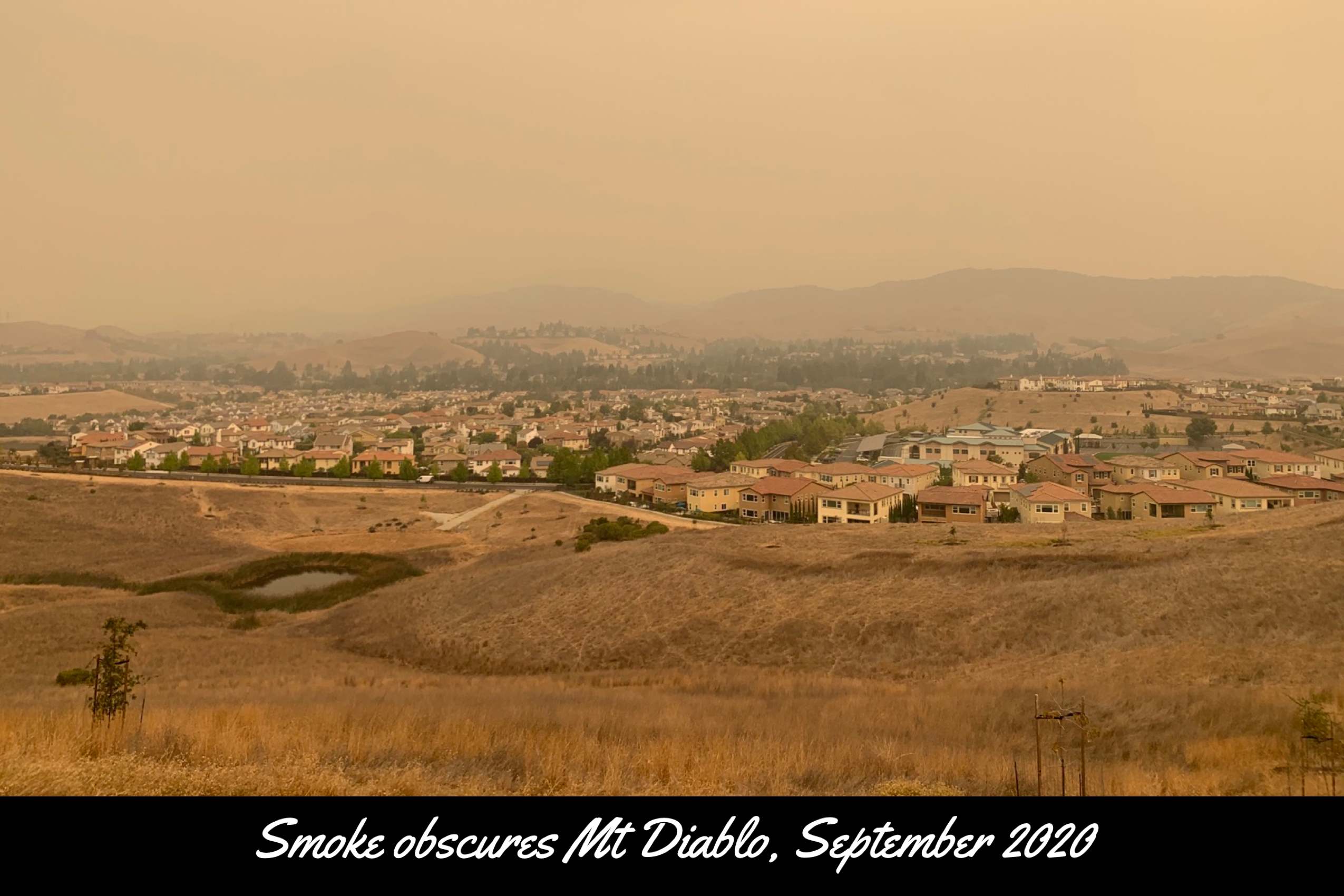Smoke Taint – New Findings Show Promise for Better Testing

The photo that accompanies this post was taken on September 8, 2020, while wildfires were ravaging the state. The economic toll of those fires on the wine industry was severe – losses have been estimated to exceed $3.7 billion to smoke taint alone. Many wineries didn’t produce any wine at all, and those that did only now are discovering whether the wines they bottled in 2020 are tainted with that stale ashtray taste leftover from the fires.
Smoke taint occurs when grapes are exposed to smoke from nearby wildfires, leading to undesirable flavors and aromas in the resulting wine. This can occur even if the grapes themselves are not visibly damaged. The compounds responsible for smoke taint, such as volatile phenols and thiophenols, can be absorbed by the grape skins and transferred into the wine during fermentation.
You can’t tell by tasting if your harvested grapes are affected by smoke taint. That is because the aroma compounds in smoke bind to the sugars (become glycosylated) and aren’t released until the bonds are broken during fermentation.
You can send your grape samples to a testing laboratory where they can isolate smoke phenols. Unfortunately, wines with high phenol concentrations don’t always have taint in the finished wine, and sometimes wines without smoke taint don’t have a high concentration of the volatile phenols measured in the assay. In other words, the test for smoke taint is plagued with false positives and negatives – like the Clint Eastwood line, ‘do you feel lucky?’ A negative test doesn’t assure a taint free wine when it is opened years later. That is why the only safe bet is to throw out all the fruit before it arrives at the winery.
Recently, Oregon State researchers, Elizabeth Tomasino and her graduate student Jenna Fryer, have discovered a new class of compounds that contribute to taint. These compounds include additional thiol-derived compounds like thioguaiacol and thiocresols. Published this April (Journal of Food Chemistry Advances), these findings will lead to better assays to help mitigate losses by providing winemakers even better tools for making harvest decisions in a smokey year.
This year we may dodge the bullet. Thanks to heavy rains and a cooler than normal start to the season, many predict we will avoid the fires that have plagued us in recent years. Nevertheless, we must remain vigilant, and always remember that farming is a risky business.


